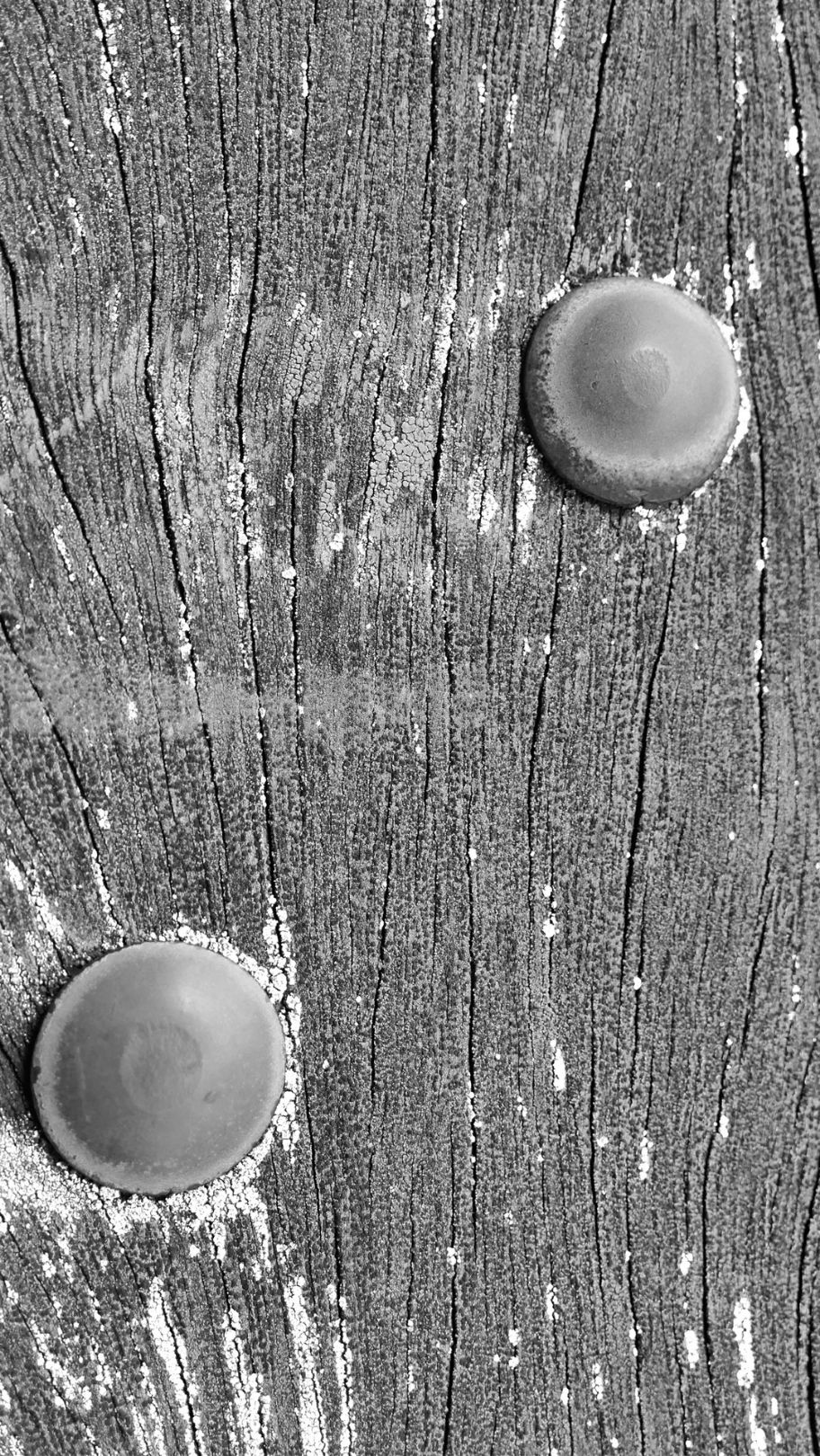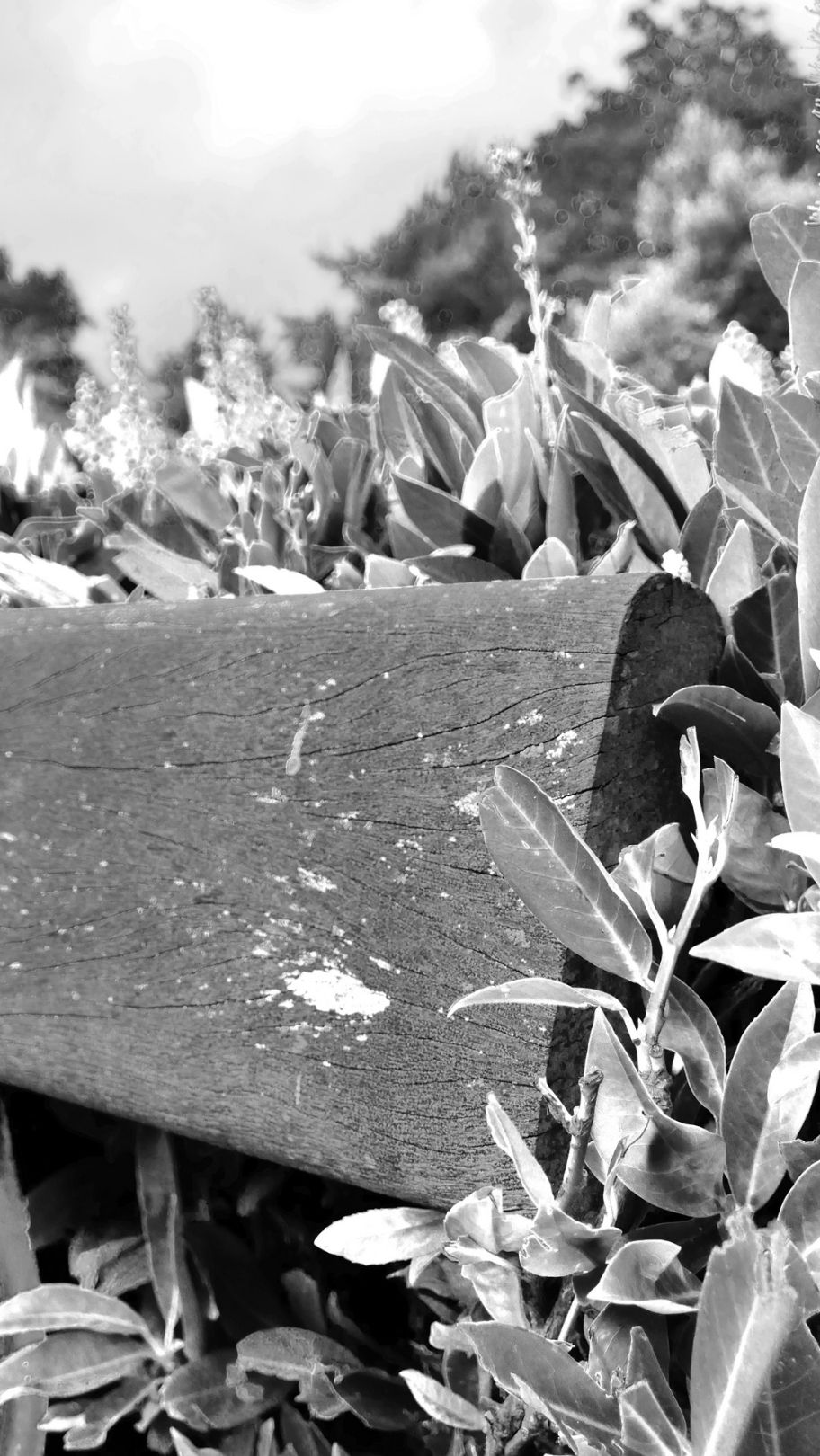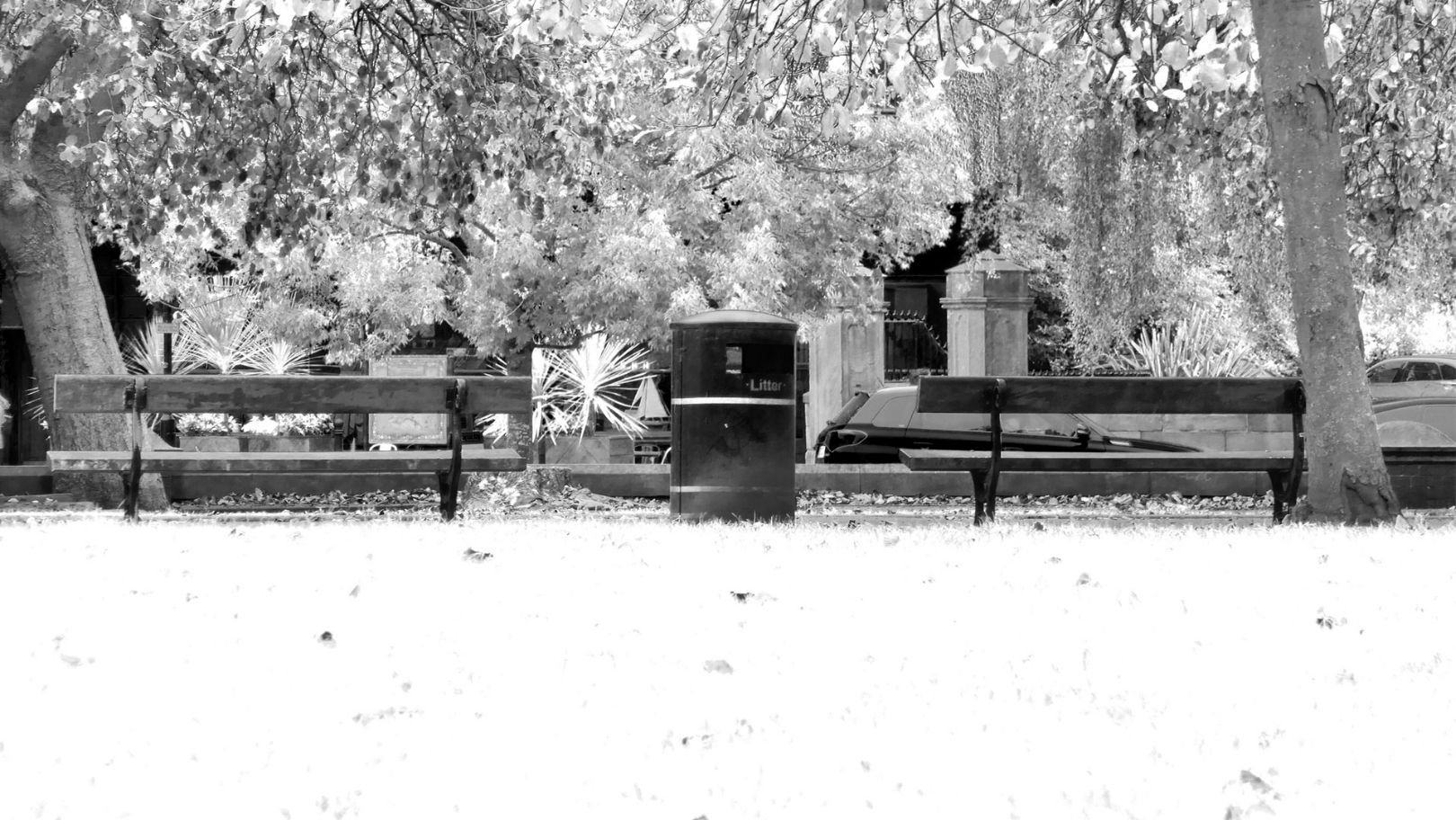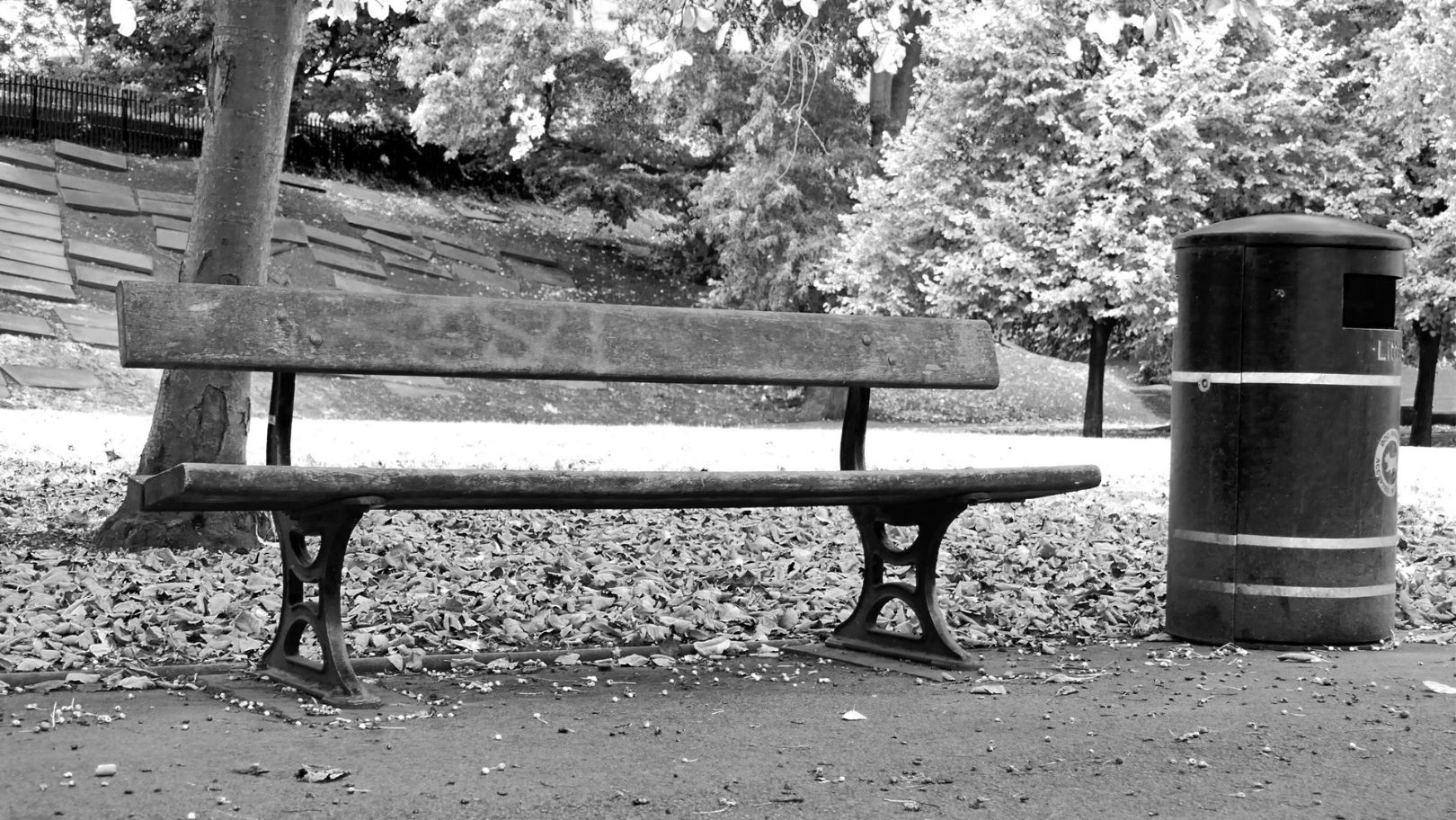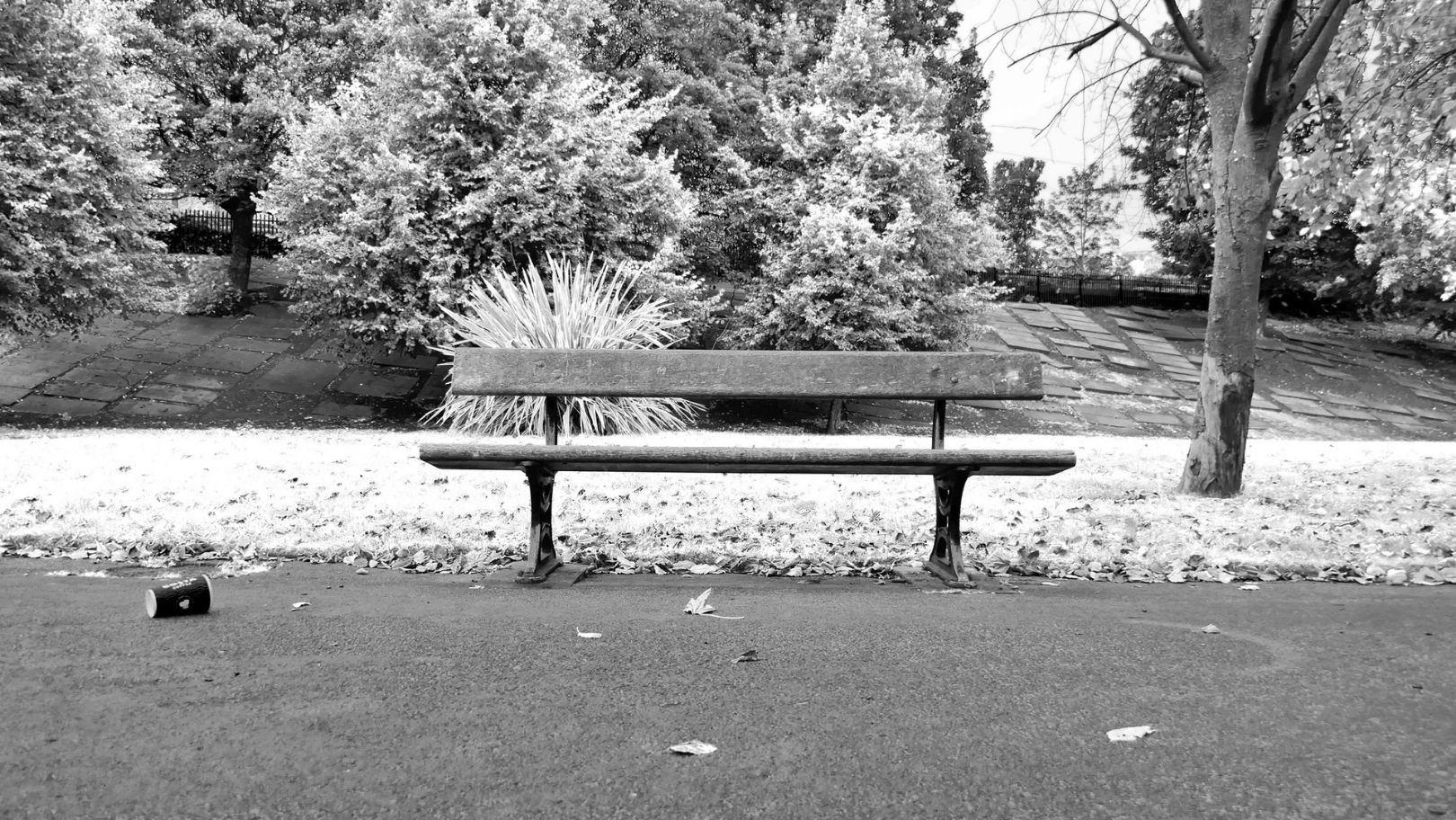Best experienced with headphones
Dave Peel (they/them) grew up in Leeds, and recently returned after eight years in London.
Mainly working under the pseudonym Erik Weisz, Peel’s work is often reflective of their experience of coming from a working class background and aims to invite open conversation about class. They enjoy working with audio-visual art forms and often combine sound compositions with poetry and moving image. Peel has a BA and MFA in Fine Art from Goldsmiths University and has also trained and worked as a barber.
For their PANIC! bursary project, Peel has created an audio-visual response to their local park in Leeds. The title remembering the three p’s refers to the park’s name ‘Penny Pocket Park’, referred to locally as ‘the three p’s’. The project uses the park’s six benches as a starting point, each with their back to the city. Using these sites of solitude and companionship, Peel has created nine photographs, a video and a poem which reflect on the significance of this public outdoor space to the people who regularly use it.
The poem is an ode to the six benches in the park, with six verses made up of six lines, and each line containing six syllables. The video has GIF-like visuals and a composition made by collecting field recordings and their own spoken responses, captured using a variety of analogue and digital techniques. Photographs of the park in black and white have a hyper-real quality, playing with our digital experience of the physical space.


